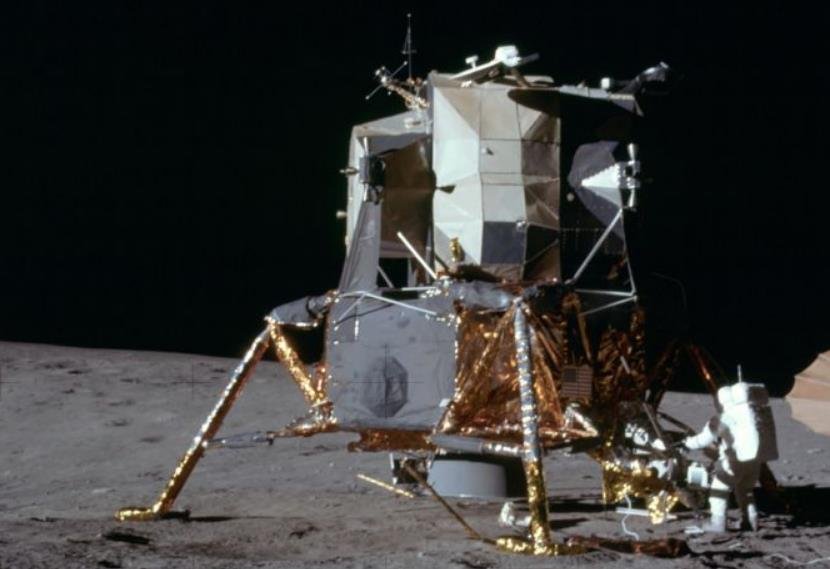The Peregrine lunar lander, a privately led US mission carrying NASA scientific equipment, is facing some difficulties in its journey to the moon. The spacecraft, which launched on Monday, January 8, 2024, from Cape Canaveral, Florida, on a Vulcan Centaur rocket, has experienced a failure in its propulsion system that is causing a critical loss of propellant. The team behind the mission is working to stabilise the situation and maximise the science and data they can capture.
The Peregrine lander is the first mission to fly under NASA’s Commercial Lunar Payload Services (CLPS) initiative, a scheme in which the space agency pays private companies to deliver scientific equipment to the moon. The lander is also the first lunar landing by a private firm, and the first US lunar soft landing in 50 years. The lander is carrying 20 payloads from various countries, including Mexico, Germany, Japan, and the UK. Some of the payloads are designed to take readings that could minimise risks and lay some of the groundwork for NASA’s Artemis programme, which hopes to enable a sustained human presence on the moon. Other payloads are more symbolic, such as a physical coin loaded with one bitcoin, and a lunar dream capsule that contains messages from children from around the world.

An Anomaly in Space
The Peregrine lander successfully separated from the Vulcan Centaur rocket, a new type of methane-fuelled rocket, about 50 minutes after launch, and continued on its journey to the moon. The lander is scheduled to land on February 23, 2024, in the Gruithuisen Domes region of the moon, a volcanic area that could provide clues about the moon’s geology and history. However, about seven hours after launch, the spacecraft encountered an anomaly that prevented it from achieving a stable position pointing towards the sun, which is necessary for charging its battery and communicating with Earth. The ground-based engineering team managed to reorient the lander’s solar array towards the sun, but further investigation revealed that the anomaly was caused by a failure within the propulsion system. The failure is causing a critical loss of propellant, which is essential for controlling the lander’s attitude and trajectory. The team is trying to stabilise the loss, but the thrusters of the lander’s attitude control system are only likely to continue operating for 40 more hours at most.
Alternative Mission Profiles
Given the situation, the team behind the Peregrine lander is prioritising maximising the science and data they can capture. The team is also assessing what alternative mission profiles may be feasible at this time. One possibility is to perform a flyby of the moon, rather than a landing, and transmit as much data as possible from the payloads. Another possibility is to attempt a landing in a different location, or at a different speed, than originally planned. However, these options are risky and uncertain, and depend on the amount of propellant left and the condition of the lander. The team is also considering the possibility of a controlled deorbit of the lander, to avoid creating space debris or contaminating the lunar surface.
A Valuable Learning Experience
Despite the challenges, the team behind the Peregrine lander is optimistic and proud of their achievement. They have demonstrated the feasibility and affordability of private lunar missions, and have contributed to the advancement of lunar exploration. They have also learned valuable lessons that will inform their future missions, such as the Peregrine Mission Two, which is planned for 2025. The team is grateful for the support and collaboration of NASA and the other partners involved in the mission. They are also hopeful that the Peregrine lander will still be able to deliver some meaningful science and data, and perhaps even reach the lunar surface, before its end.
